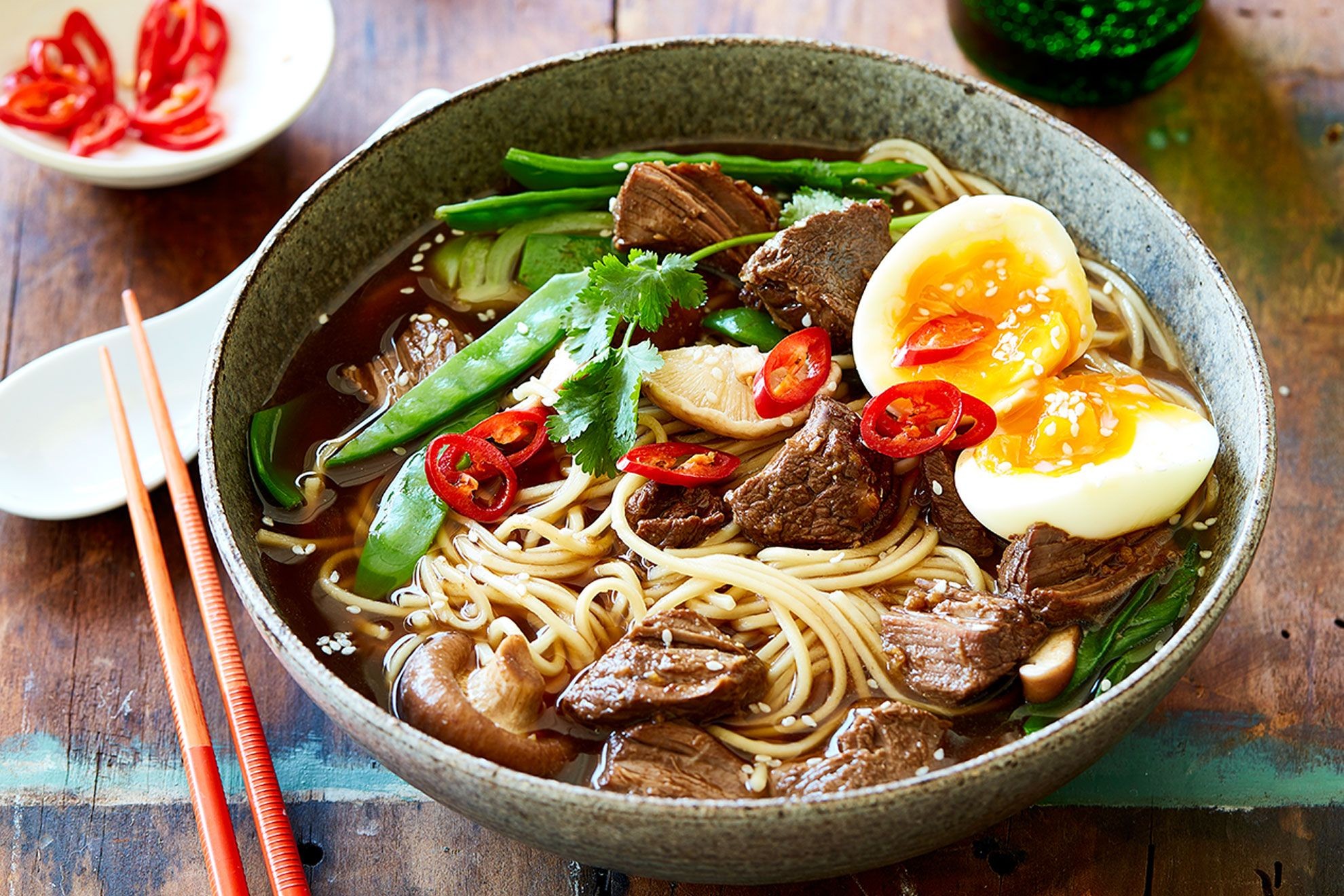Miso Soup
Japan's Culinary Comfort: A Comprehensive Guide to Miso Soup
Miso soup, a beloved Japanese dish, is a culinary symphony of umami-rich broth, flavorful miso paste, and an array of fresh ingredients that has captivated taste buds worldwide. This comforting soup, characterized by its simplicity and versatility, is a staple of Japanese cuisine and a cherished dish enjoyed by people of all ages.
Unveiling the Origins of Miso Soup
The origins of miso soup can be traced back to ancient Japan, where it is believed to have evolved from a simple fermented soybean paste called "miso." Over time, miso soup became a staple of Japanese cuisine, with regional variations and ingredients developing throughout the country.
Essential Ingredients for Authentic Miso Soup
- Dashi Broth: Dashi broth, made from kelp and bonito flakes, provides the flavorful base for miso soup.
- Miso Paste: Miso paste, made from fermented soybeans, adds umami and depth of flavor to the soup.
- Vegetables and Tofu: Common additions to miso soup include vegetables such as wakame seaweed, tofu, and green onions.
Step-by-Step Recipe for Classic Miso Soup
- Make the Dashi Broth: In a large pot, combine the kelp and bonito flakes with water. Bring to a boil, then reduce heat and simmer for 15 minutes. Strain the broth into a clean pot.
- Add the Miso Paste: Gradually whisk the miso paste into the hot dashi broth until dissolved.
- Add the Vegetables and Tofu: Add the desired vegetables and tofu to the soup. Bring to a simmer and cook until the vegetables are tender, about 5 minutes.
- Serve: Serve the miso soup immediately, garnished with green onions.
Useful Cooking Tips for Perfect Miso Soup
- Use High-Quality Dashi: The quality of the dashi broth will greatly impact the overall taste of your miso soup. Opt for good quality kelp and bonito flakes.
- Don't Overcook the Vegetables: The vegetables should be cooked until tender but still have a slight crunch to them. Overcooking will make them mushy.
- Adjust the Miso Paste to Taste: Miso paste can vary in saltiness, so adjust the amount you add to your soup to taste.
- Serve Hot: Miso soup is best enjoyed hot and fresh. Serve it immediately after preparing to savor its comforting flavors.
- Experiment with Toppings: Miso soup is a versatile dish that can be customized with a variety of toppings. Try adding different vegetables, tofu, or even meat to your soup.
Variations of Miso Soup
- Classic Miso Soup: The traditional version made with a simple combination of dashi broth, miso paste, and wakame seaweed.
- Seafood Miso Soup: A variation made with seafood, such as shrimp, clams, or mussels.
- Pork Miso Soup: A variation made with thinly sliced pork.
- Vegetable Miso Soup: A variation made with a variety of vegetables, such as carrots, potatoes, and onions.
- Tofu Miso Soup: A variation made with extra tofu for a protein-rich soup.
Pairings for Miso Soup
Miso soup's versatility allows it to be paired with a variety of beverages. A cold beer, such as a lager or pilsner, will complement the savory flavors of the soup. A glass of sake, a Japanese rice wine, will also pair well with miso soup, enhancing its umami notes. If you prefer non-alcoholic options, a refreshing iced tea or a flavorful fruit juice will complement the soup nicely.
Miso soup is a culinary masterpiece that showcases the vibrant flavors and rich culinary traditions of Japan. Its umami-rich broth, flavorful miso paste, and customizable ingredients have made it a beloved dish enjoyed by people worldwide. Whether you savor it in a traditional Japanese restaurant or recreate it in your own kitchen, miso soup will forever be a symbol of Japanese culinary excellence. So gather your loved ones, fire up the stove, and indulge in the comforting delights of Japan's iconic miso soup!Cost: $4-$6















0